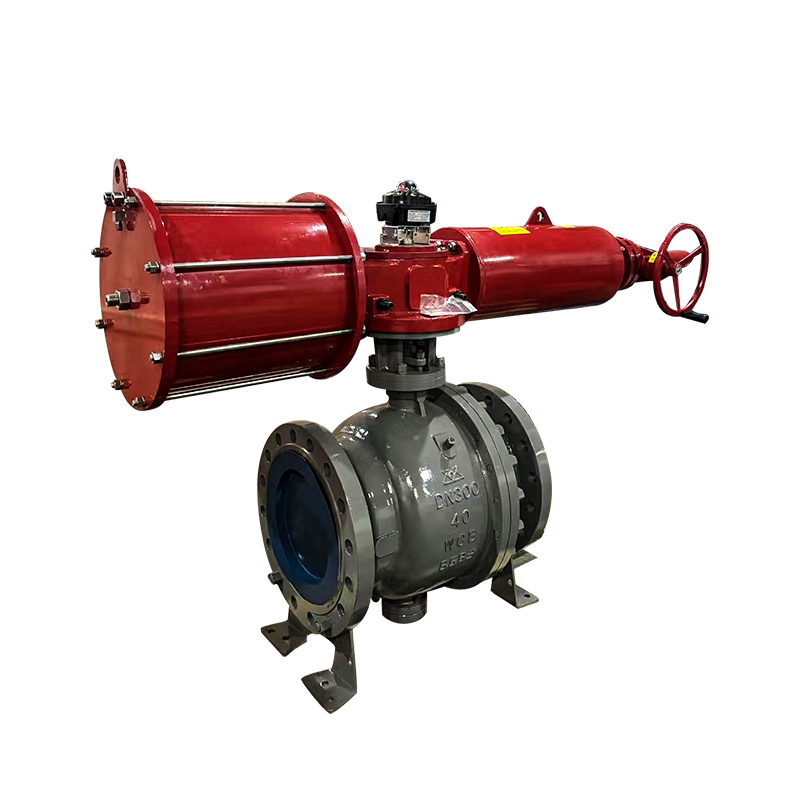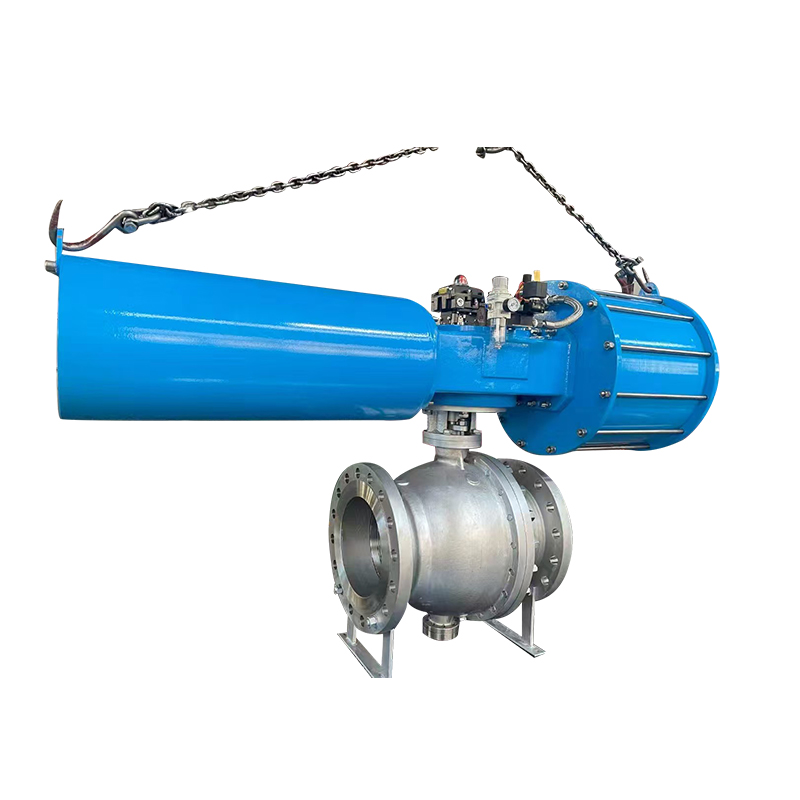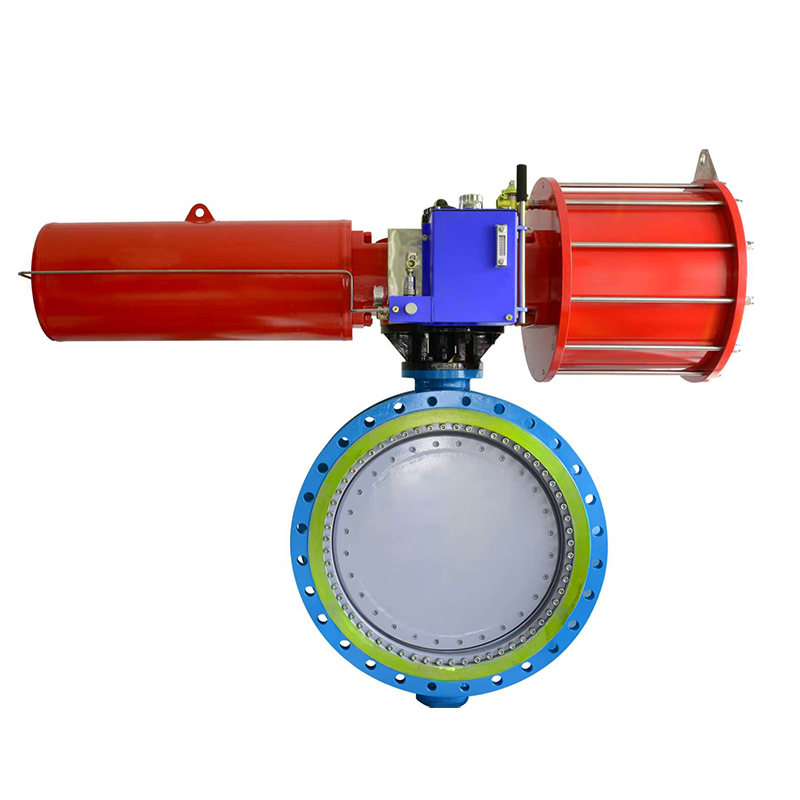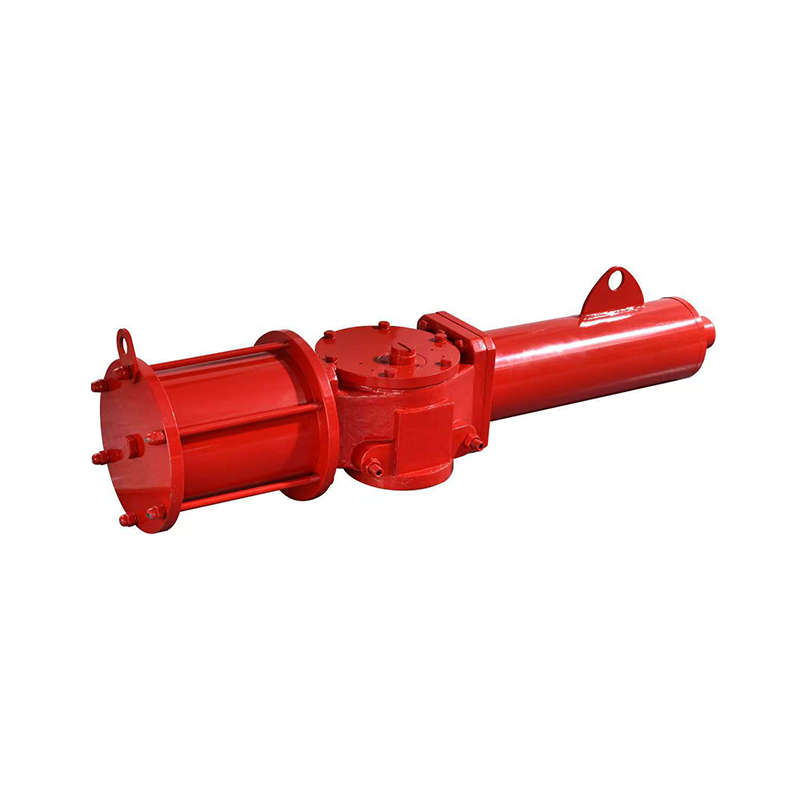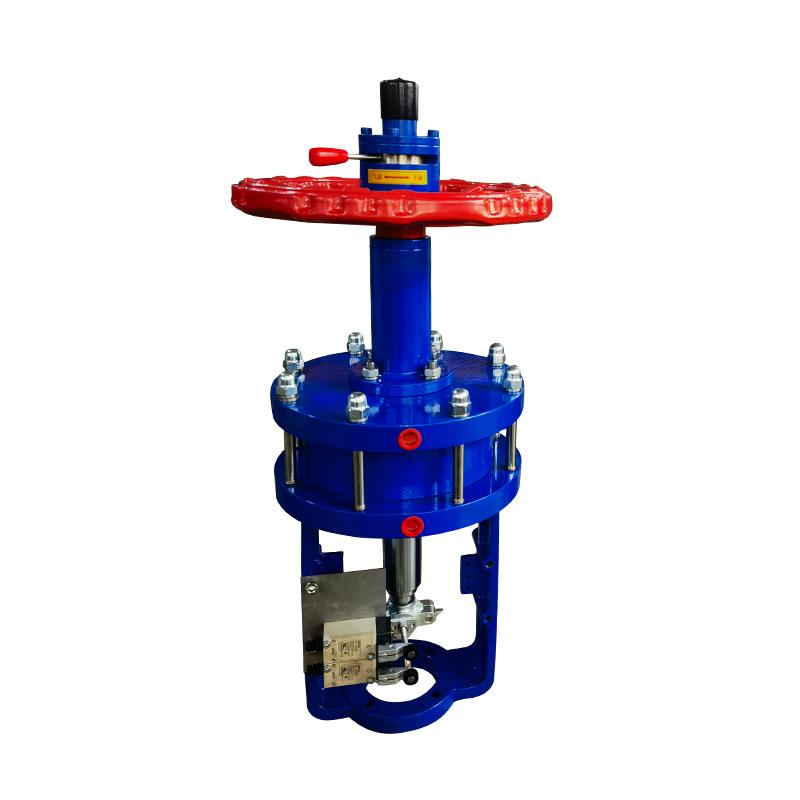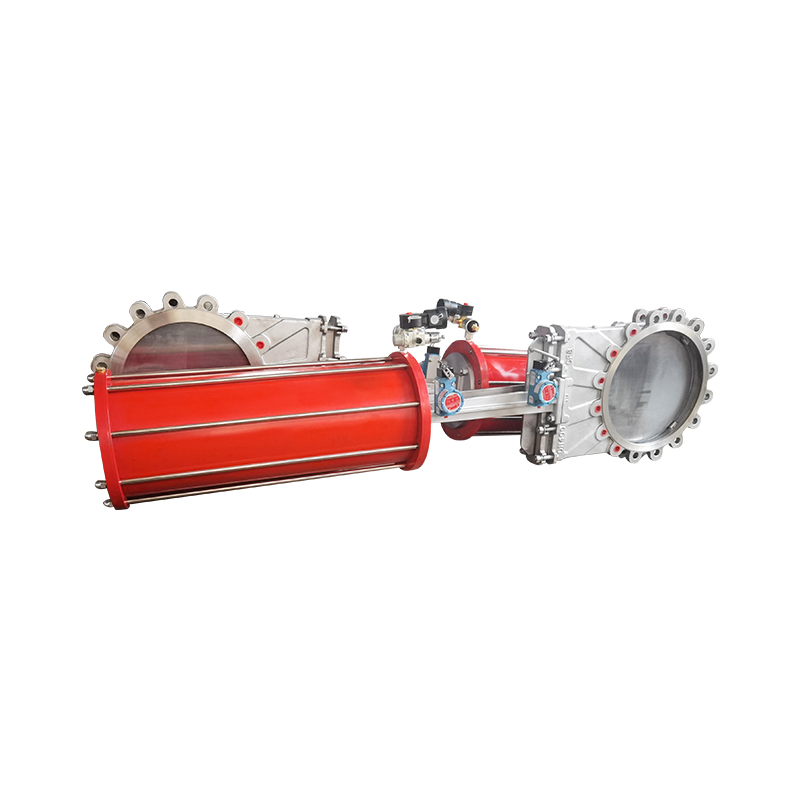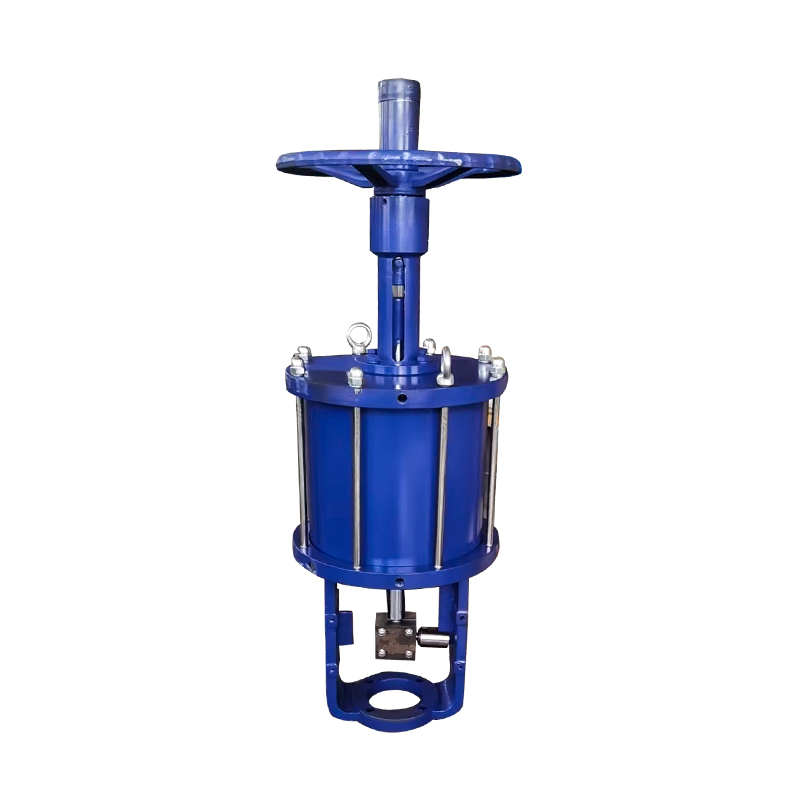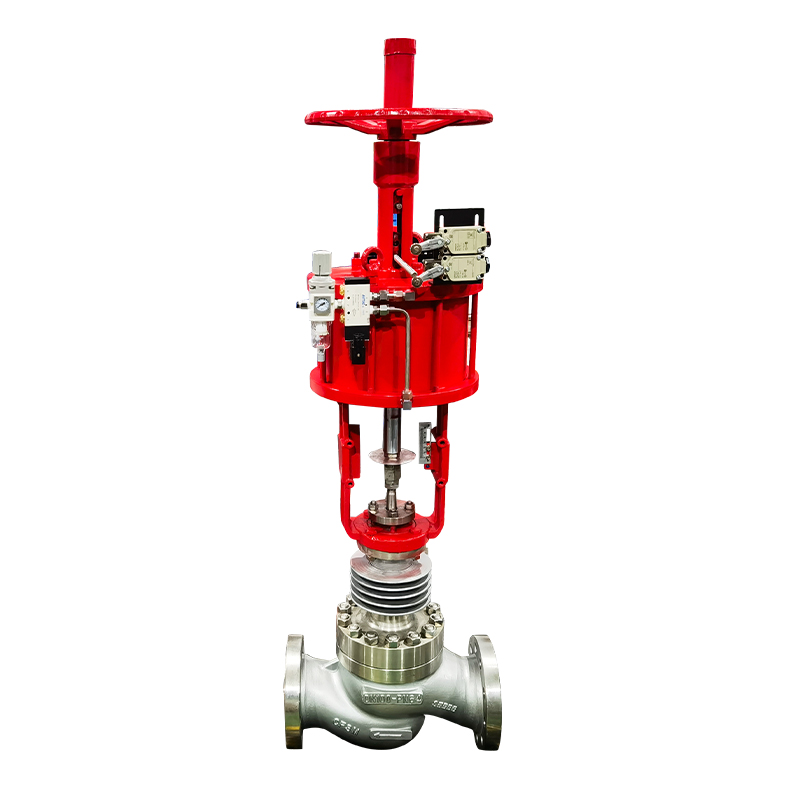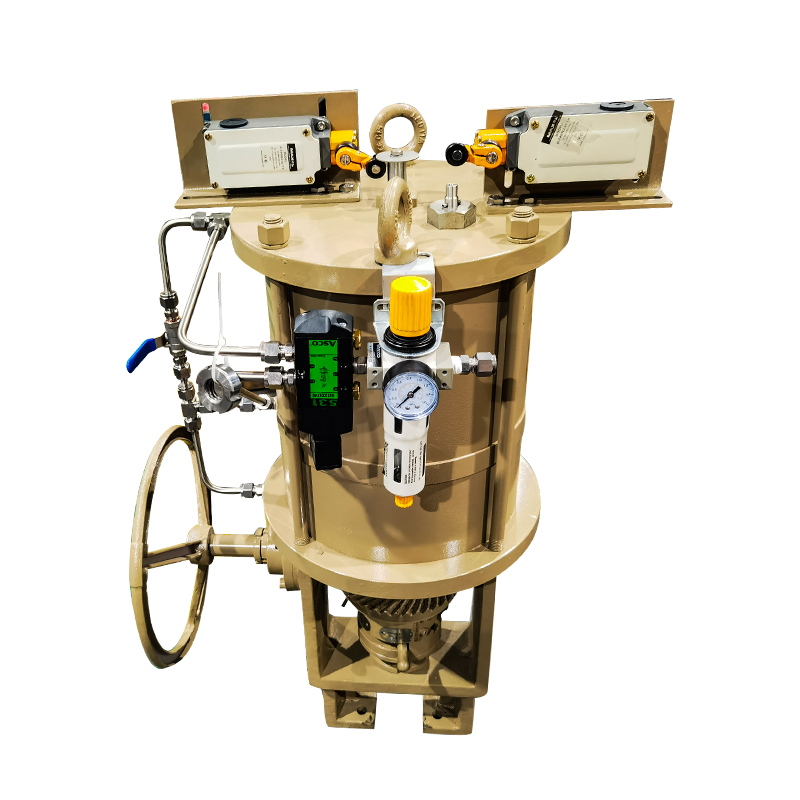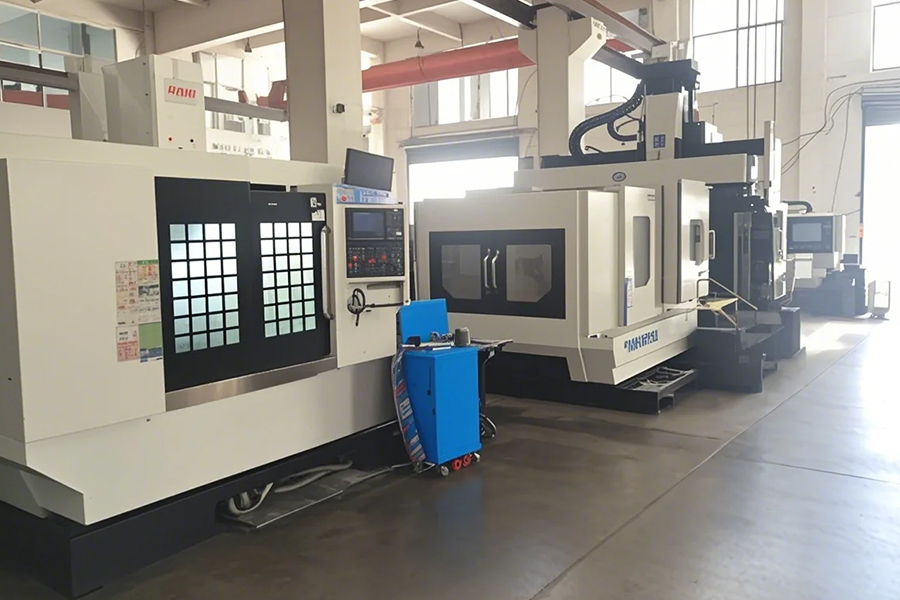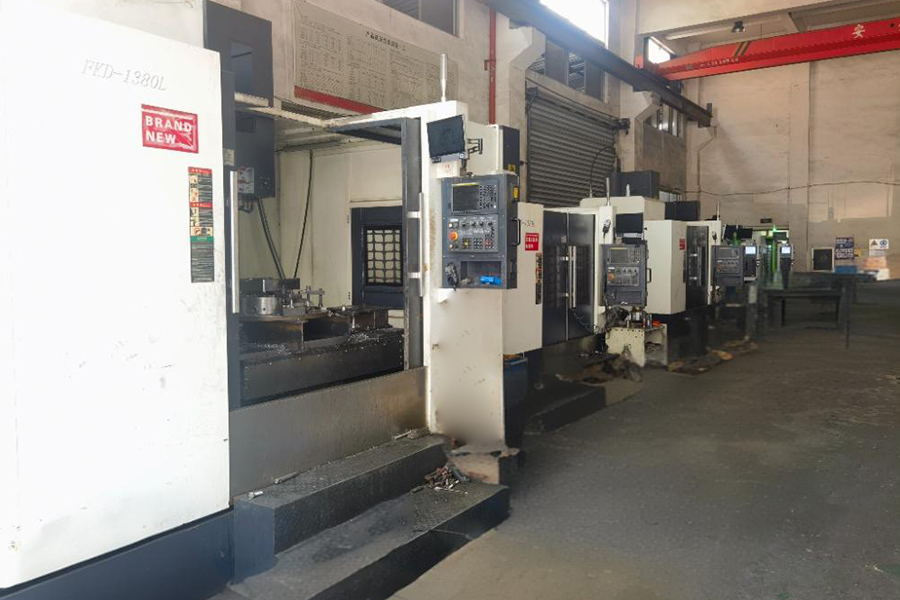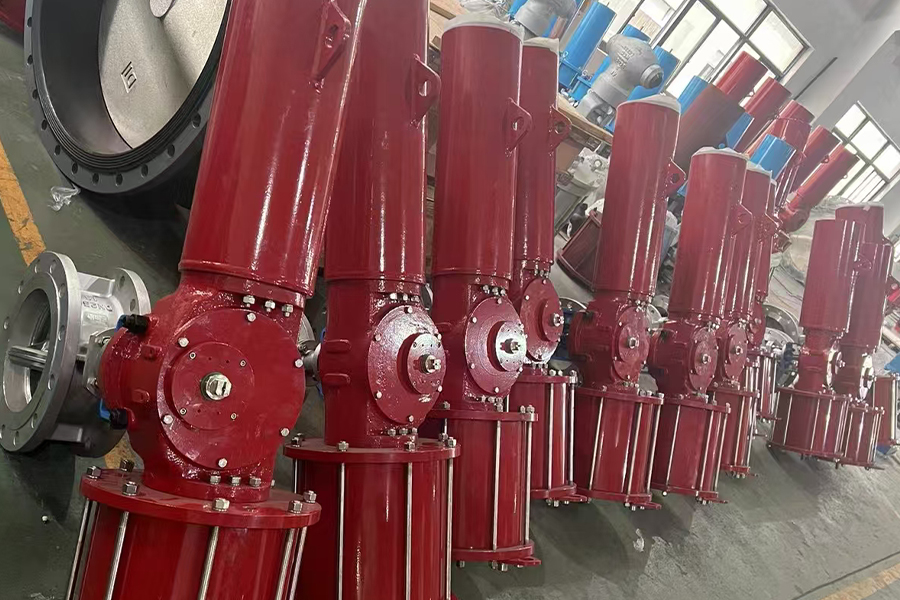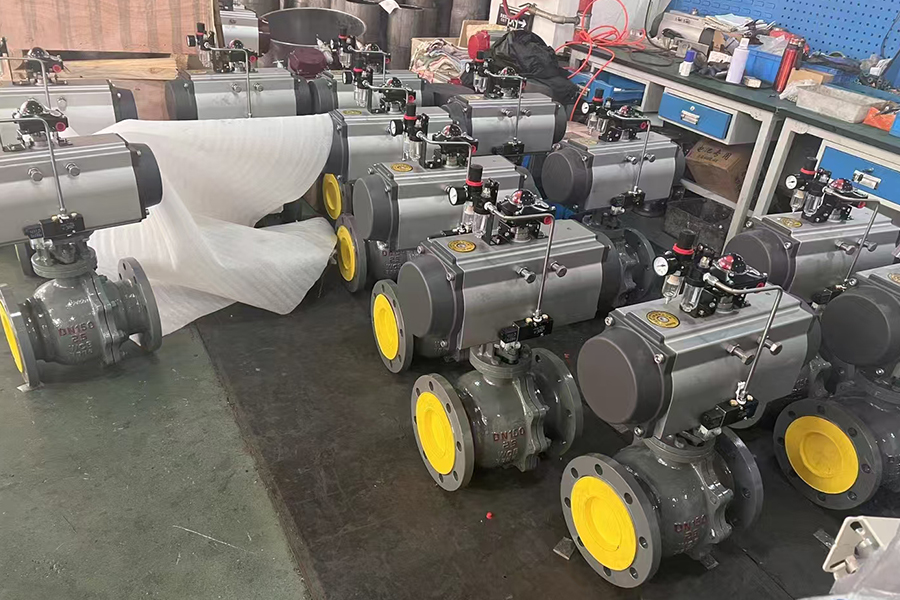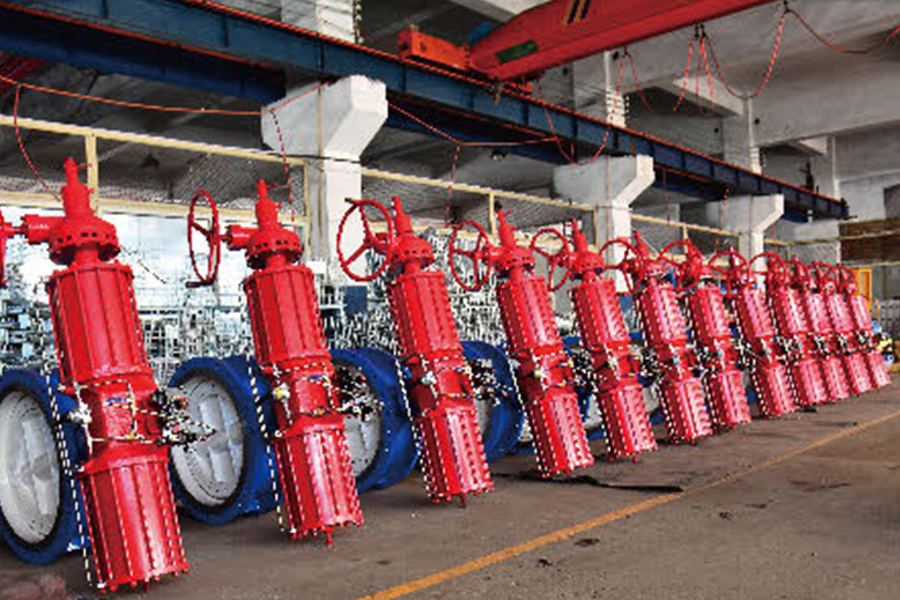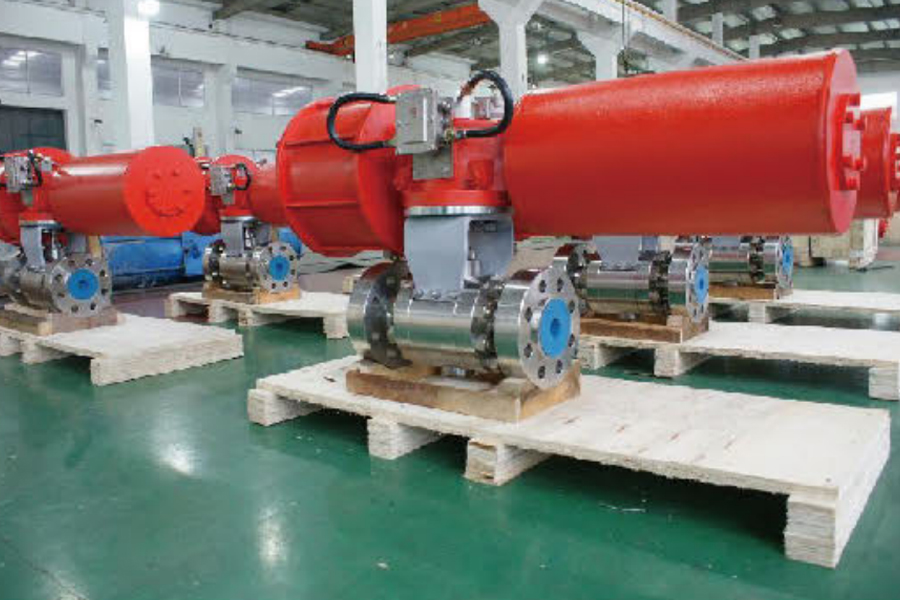The Flush Bottom Tank Valve is a critical component used in industrial tanks for efficient draining or flushing of liquids, slurries, or other materials. Its design is specifically tailored to meet the needs of industries such as food processing, pharmaceuticals, and wastewater treatment. The appearance of a Flush Bottom Tank Valve is a reflection of its function—designed for performance, ease of cleaning, and durability.
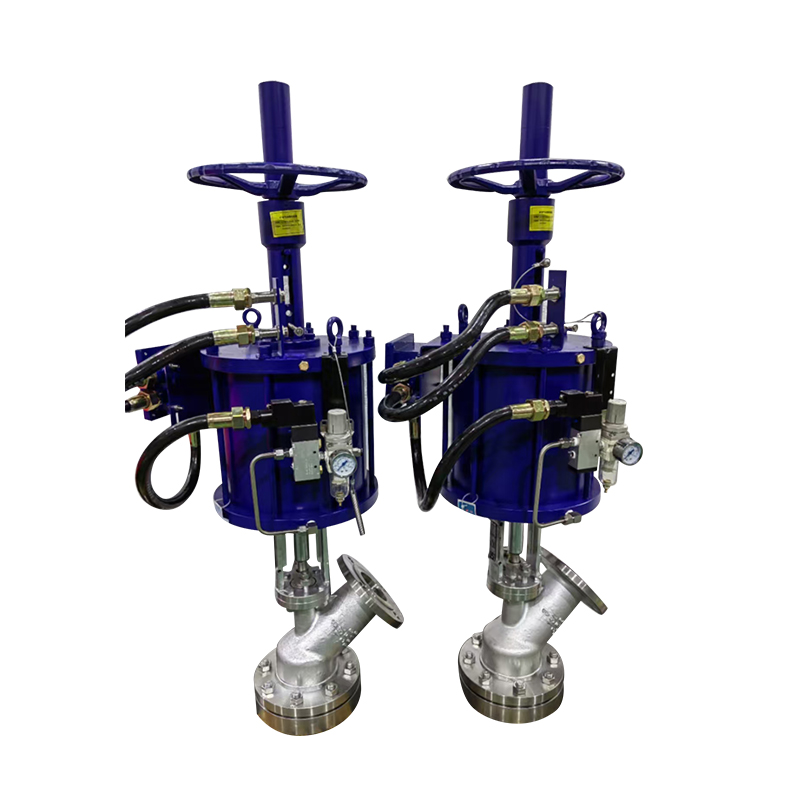
One of the prominent features of the Flush Bottom Tank Valve is its robust and streamlined construction, which ensures that it can withstand high pressures, temperature fluctuations, and harsh environments. Typically, the valve consists of a valve body, a seat, a ball or gate, and an actuator. These parts are carefully designed to handle the frequent opening and closing cycles without experiencing wear and tear.
The design of the valve body is often conical or cylindrical, allowing it to fit securely at the bottom of the tank. This ensures that the valve operates efficiently while enabling complete drainage. The connection points are usually flanged or welded, depending on the tank's structure, ensuring a tight seal that prevents leakage and maintains system integrity.
The Flush Bottom Tank Valve is often designed with smooth, rounded edges to minimize areas where material can accumulate, ensuring that cleaning and flushing operations are straightforward. Materials like stainless steel or high-grade alloys are typically used for their corrosion resistance and durability, which ensures that the valve maintains its integrity even in contact with aggressive chemicals or abrasive materials.
The Stainless Steel Horizontal Discharge Valve is a crucial component used for controlling the outflow of materials in various industrial applications. Typically used in systems where the discharge needs to be directed horizontally, such as in silos, hoppers, or storage tanks, the composition of the valve is designed to withstand a range of conditions while ensuring smooth operation.
The body of the valve is primarily constructed from stainless steel, a material chosen for its corrosion resistance, strength, and ability to handle high temperatures and pressures. Stainless steel is especially important in industries where hygiene and material purity are paramount, such as the food and pharmaceutical industries. The use of this material ensures the valve remains resistant to rust, corrosion, and staining, which is essential for maintaining the integrity of the process and preventing contamination.
The valve seat is another critical component in the composition of the Stainless Steel Horizontal Discharge Valve. It is designed to form a tight seal with the valve's plug or ball, preventing leaks during operation. The seat is often made of elastomeric materials or soft metals like brass or bronze, which provide flexibility and sealing properties, even under high pressure.
At the core of the valve is the actuator, which is responsible for the movement of the valve plug or ball, thereby controlling the flow of the material. The actuator is typically pneumatically, hydraulically, or electrically operated. Pneumatic actuators are particularly common due to their speed, ease of control, and reliability. These actuators provide quick, on-demand control of the valve, enabling precise regulation of material flow.
Internal components, such as springs, seals, and guides, are also vital to the functioning of the valve. These components ensure smooth valve operation, even under high stress and frequent use. Seals, often made from rubber or PTFE (polytetrafluoroethylene), are essential for preventing leakage and ensuring a tight seal between moving parts.








